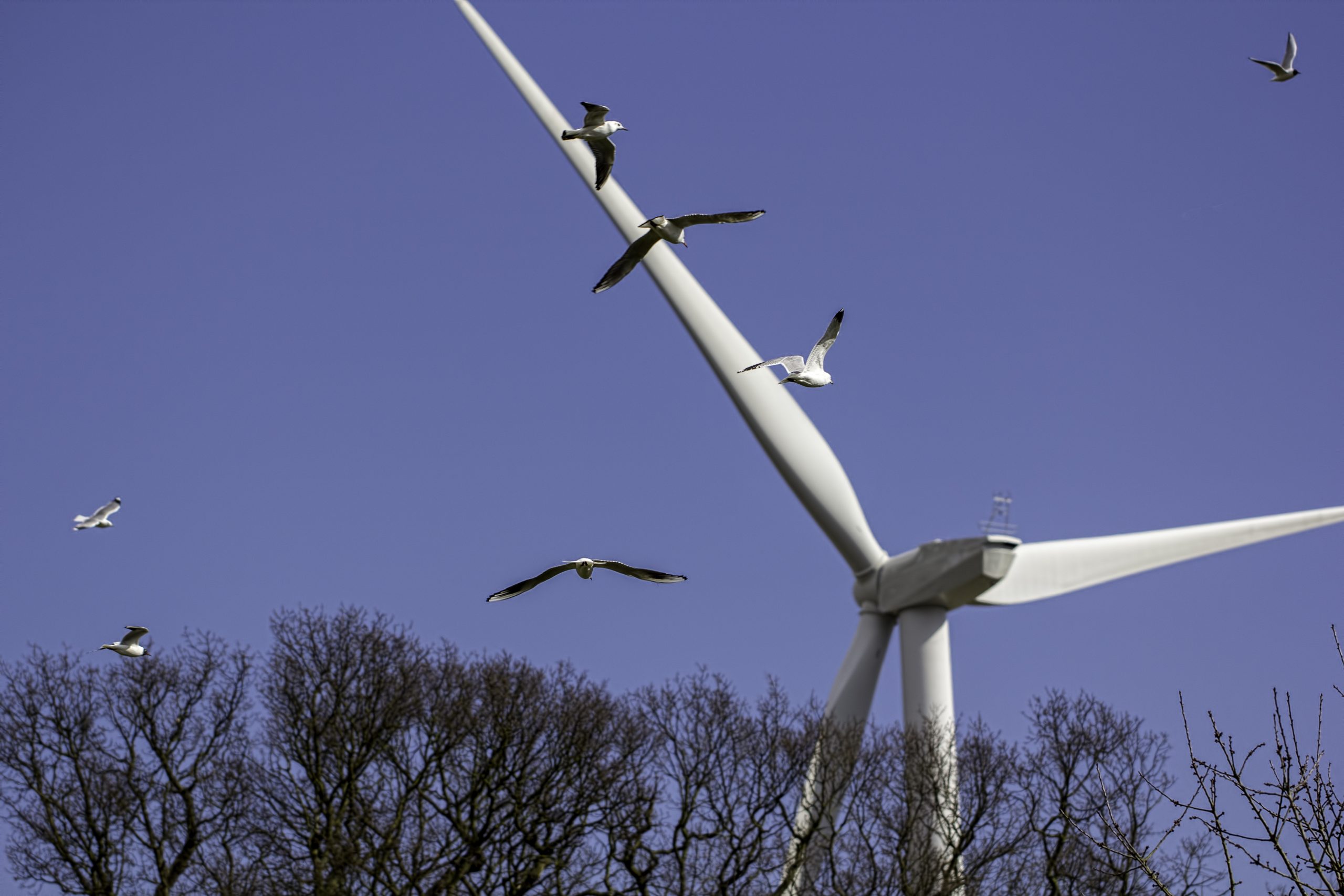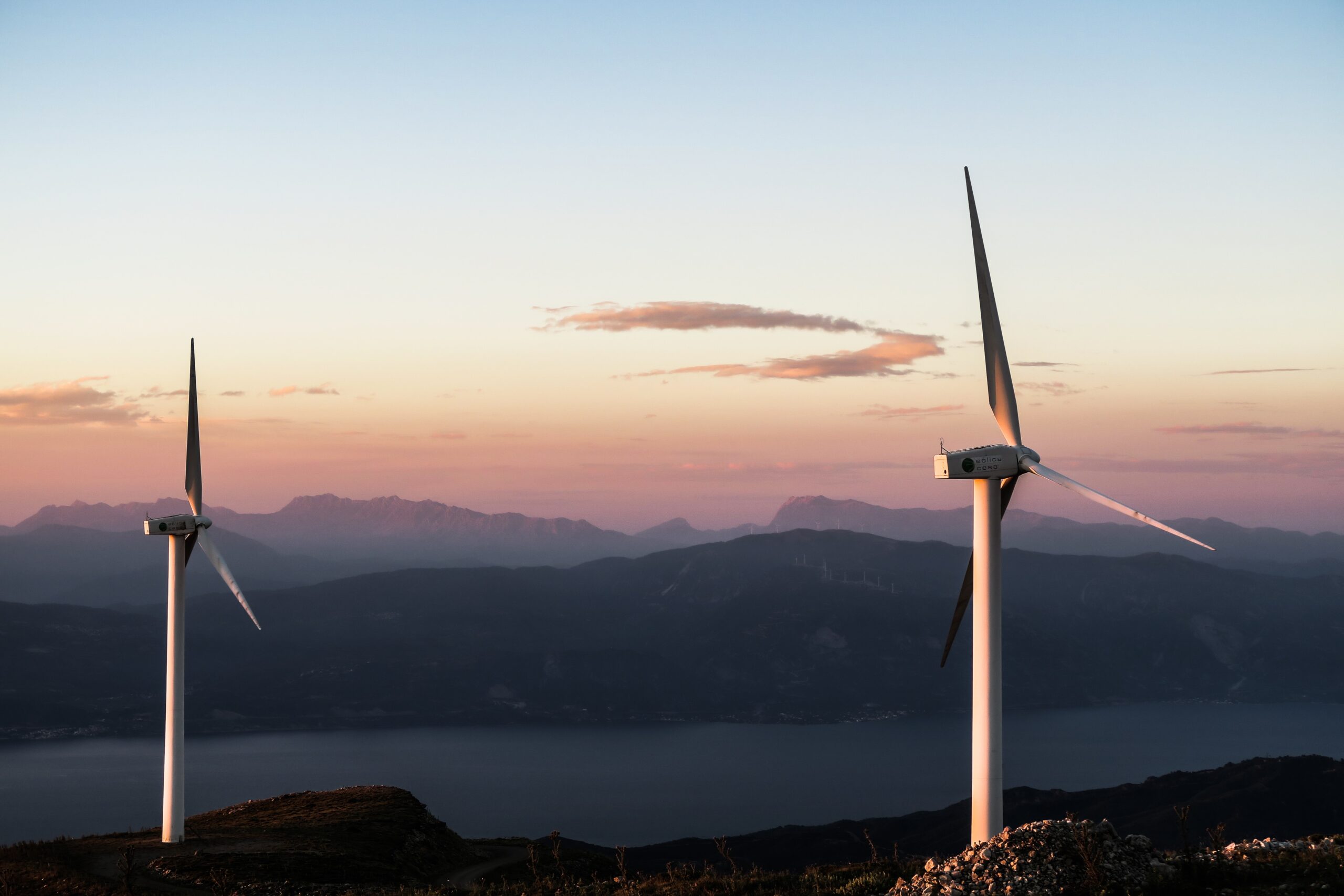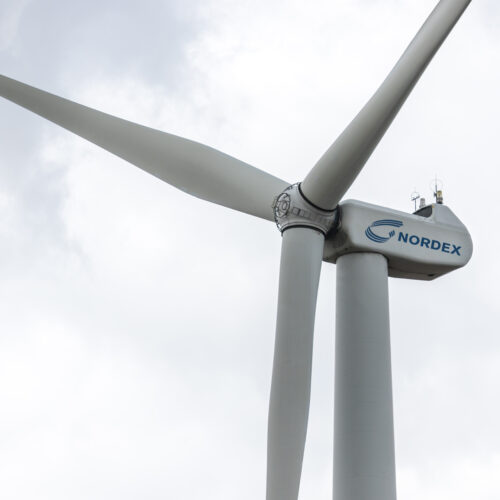Ecological Impact of Wind Power is Lesser on Bird Deaths
Myth: Wind power has become an extreme problem for birth deaths. Nearly thousands of birds killed per unit of power generated by the wind every year. However, the insinuation of wind power is not good for birds than dirty energy sources.
Fact: When compared to fossil fuel and nuclear power plants, the ecological impact of wind power is comparatively minor. Actually, fossil fuel and nuclear power plants cause more bird deaths than wind power. They also intimidate the very ecosystems bird species rely on. In fact, with the help of the latest technology, people are trying out many sorts of retrofits to hopefully make wind turbines better for birds. However, wind power has one of the lowest global warming potentials per unit of electrical energy produced out of each power source. The bird deaths from wind turbines have dropped significantly (per kWh) as the technology has developed. The annual bird death frequently happens because of cats, windows and vehicles than wind turbines.
Let’s discuss more the facts of birth deaths:
The birds killed by wind generators are fantastically tiny. According to The American Wind Energy Association (AWEA), the one-tenth of a percent of all unnatural bird deaths are due to wind turbines in the United States each year. Although the domestic cats kill billions of birds each year and the electrocutions kill about 5.4 million birds whereas the communication towers kill about 6.5 million birds each year, this is 18 times more than wind power technology.
While coming to nuclear power plants, it killed about 460,000 approximately and fossil-fueled power plants killed 14.5 million birds each year, which means far more birds comparing to wind power. To check the exact result of a bird killed every year by nuclear power and fossil fuels, you can read the paper published by Benjamin K. Sovacool, a professor of energy policy at SPRU. The published paper titled “The Avian and Wildlife Costs of Fossil Fuels and Nuclear Power.”
A while back, one figure that was published that the number of annual bird deaths because of wind power. It was a range that reached 573,000. But, the figure becomes referred to be as into doubt via a subsequent study, which said that only a few birds are died now, as technology has developed.
Researchers say that most of the bird deaths caused by domestic cats, collisions with glass in buildings are a top cause. However, the number of bird death from window collisions is between 365 million to 988 million birds annually. While comparing to researchers rough calculation for wind power bird deaths is 328,000 per year and from the building, collisions are 988 million. Hence, the building collisions result in well over 2,000 times more bird deaths.
Electric utility lines collisions such as pipes, cables or other linear conveyance systems that are used to transport power, gas, water, and oil are another main cause of bird deaths. It is estimated to be between 8 million and 57 million birds annually.
Another main cause of bird death is vehicle collisions. A recent study says that on US roads approximately 89 million and 340 million birds die annually due to vehicle collisions. Again, if we take note of bird deaths, we can see that vehicle collision caused several hundred times more deaths.
According to the US Fish & Wildlife Services, the study says that oil pits and evaporation ponds are another cause of birth deaths, nearly 500,000 to 1 million US birds killed annually. The bird’s deaths result in 51 % of all birds found at gas and oil facilities. More birds are likely found in heater-treaters, 4% in wastewater ponds, 30% in various pits, 4% tanks and trays, and 1% spills.
Conclusion:
Finally, in the end, the research shows that the vast majority of birds lost each year to wind turbine collisions are very tiny. According to the researchers, it’s clear that the number of birds that die from other major causes such as fossil and nuclear energy sources, electric utility lines, cats, windows collisions and vehicles is enormously larger, but wind power critics are not going to mention this fact because it would undermine or negate their flimsy rhetoric.




